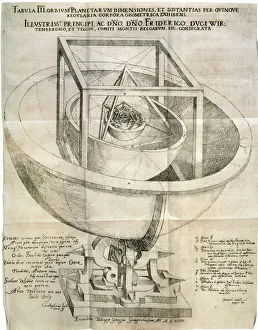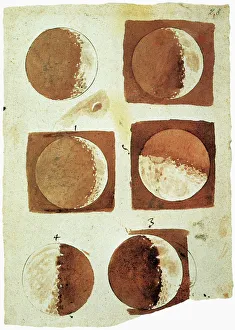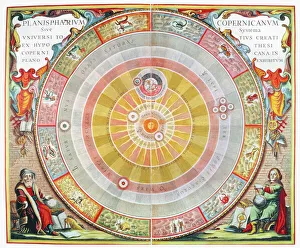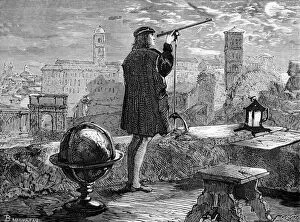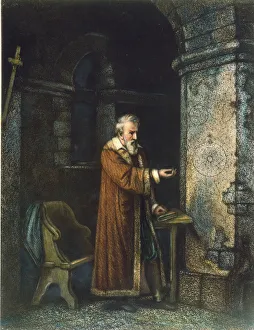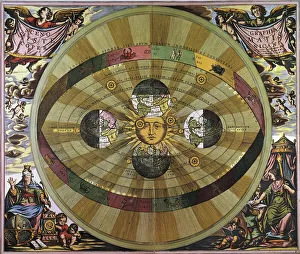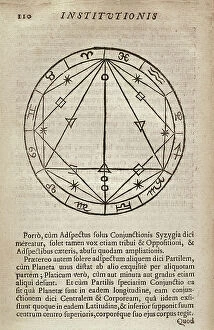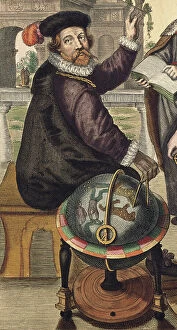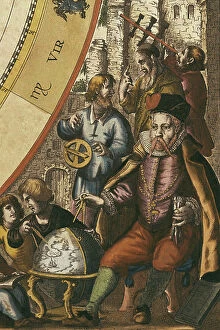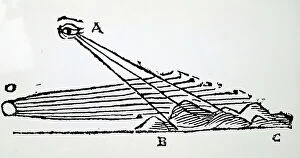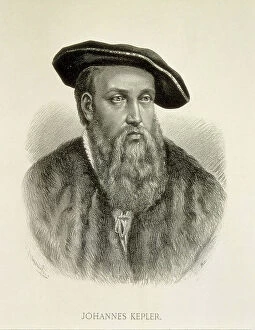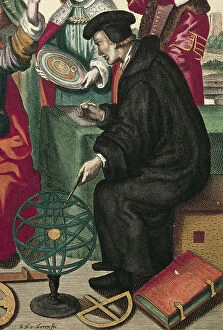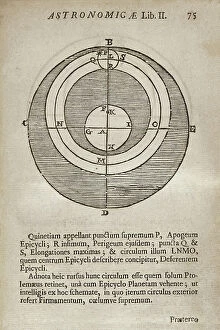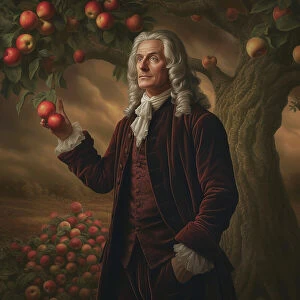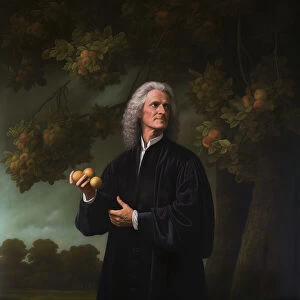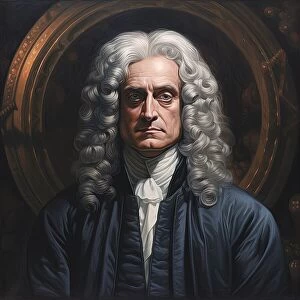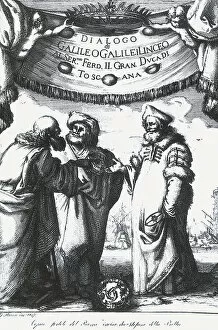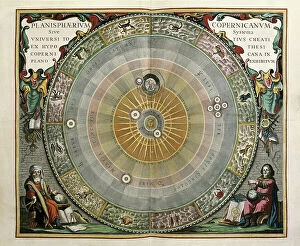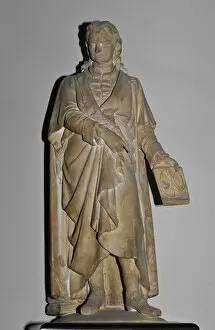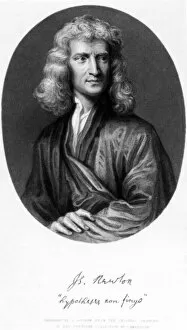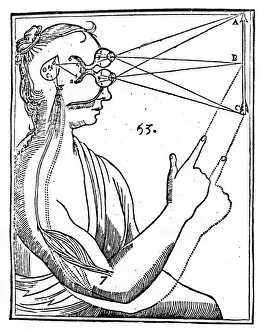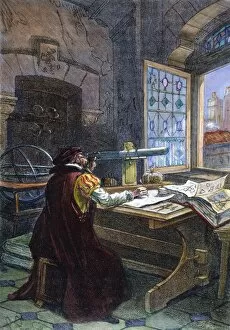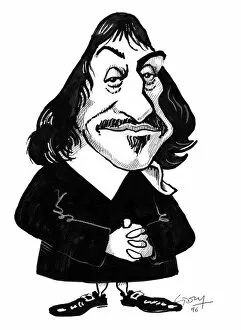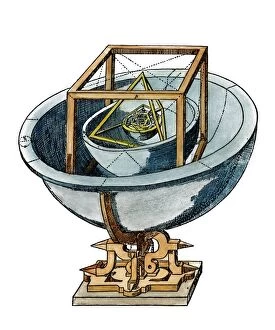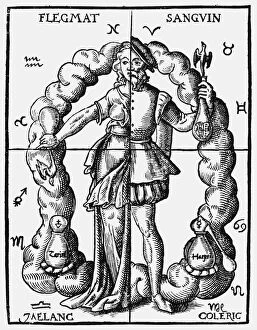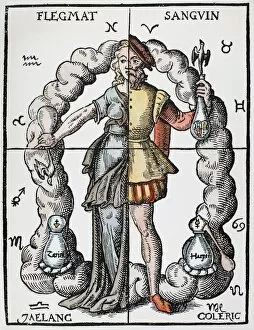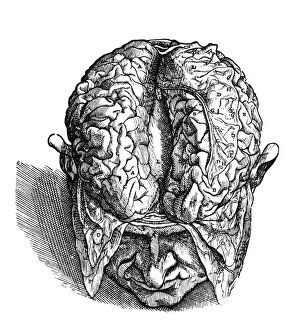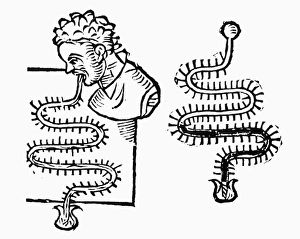Scientific Revolution Collection
The Scientific Revolution: Unveiling the Secrets of the Universe In the late 16th century, a wave of intellectual curiosity swept across Europe
All Professionally Made to Order for Quick Shipping
The Scientific Revolution: Unveiling the Secrets of the Universe In the late 16th century, a wave of intellectual curiosity swept across Europe, forever changing our understanding of the world. This period, known as the Scientific Revolution, witnessed groundbreaking discoveries and revolutionary ideas that challenged long-held beliefs. Johannes Kepler's model of the universe, depicted in his Mysterium Cosmographicum from 1596, presented a radical departure from traditional geocentric theories. With his sun-centered system, he paved the way for future astronomers to explore new frontiers. Galileo Galilei's sketches of the moon through his telescope in The Starry Messenger (1610) provided undeniable evidence against prevailing notions. His observations shattered centuries-old dogmas and propelled humanity towards an era where empirical evidence held greater sway than mere speculation. Nicolaus Copernicus' heliocentric theory gained momentum during this time. Depicted alongside Ptolemy in Andreas Cellarius' Atlas Coelestis seu Harmonia Macrocosmica (1660), Copernicus challenged conventional wisdom by placing the sun at the center of our solar system. Even amidst controversy and house arrest, Galileo Galilei continued to push boundaries. A line engraving captures John Milton visiting him during Miltons Italian tour in 1638-1639 – a testament to their shared pursuit of knowledge despite societal constraints. Andreas Vesalius revolutionized anatomical studies with De Humani Corporis Fabrica (1543). Woodcuts showcased intricate details like never before seen; they revealed hidden structures within our bodies that had previously eluded human comprehension. Isaac Newton's reflecting telescope from around 1670 exemplified his genius as both a physicist and mathematician. Through this instrument, he unraveled celestial mysteries and laid down foundations for modern optics. Robert Hooke's Micrographia (1665) introduced us to an entirely new world.

